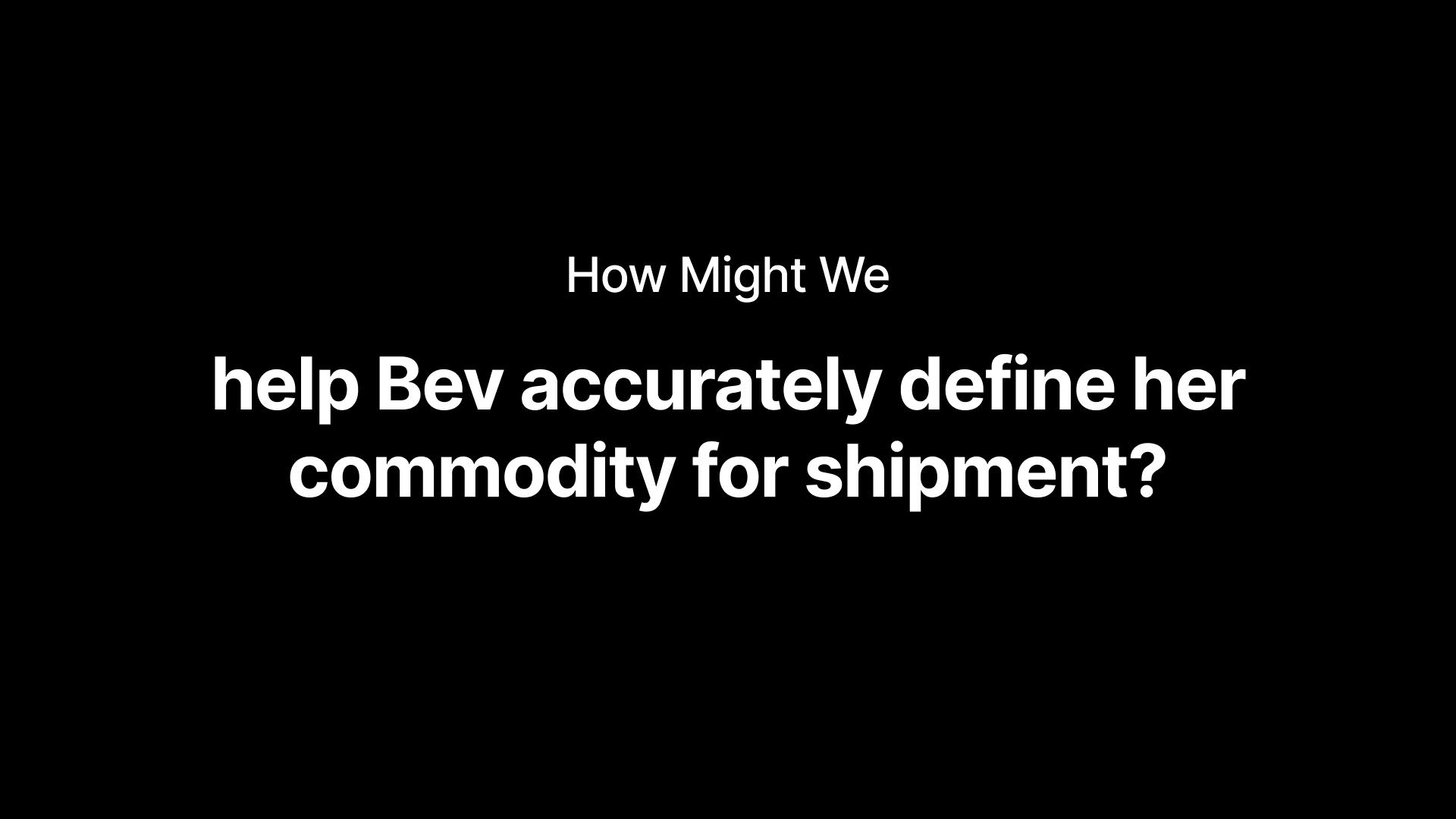
Uber Freight AI order helper
Background
This project was a team assignment focused on improving the user experience within the Uber Freight platform. Our objective was to identify key issues from the shipper's perspective and design solutions that improve accuracy and efficiency. Through user research and analysis, we discovered that inaccurate shipping data entered by shippers in the shipment ordering form was a critical problem—one that leads to operational inefficiencies and significant financial losses for the company. To address this, we redesigned the shipment form for greater clarity and ease of use, and developed a customer success dashboard to help monitor and support data accuracy over time. The project followed a full UX process, from research and problem identification to design, prototyping, and evaluation.
What I did
Research
Conceptualization
Design
Timline
8 weeks
Research
Understanding Uber Freight and the US Trucking Industry
Uber Freight is a global logistics company that connects shippers and carriers via a digital platform. Our focus was on the U.S. trucking sector, where the complexity of the logistics landscape—comprising companies of various sizes and cargo types—presents unique challenges. Through Uber Freight's platform, both shippers and carriers interact via web and mobile applications, facilitating transparent and efficient freight operations.
The Problem: Inaccurate Shipping Data Costs Billions
Every year, businesses lose $600 billion in the freight industry due to inaccurate or incomplete shipping data. These errors ripple through the supply chain, causing delays, cancellations, and unnecessary costs. Our UX team set out to identify where these inaccuracies arise and how they impact carriers, shippers, and Uber Freight’s operations.
Causes
Inadequate Packaging
Packaging that either fails to protect the goods or is oversized, leading to higher expenses.
Mismatched Carriers
Selecting carriers of inappropriate size or type, resulting in inefficiencies and fines for the shipper.
Classification Errors
Misidentifying goods under the NMFC or freight classes due to complex international measurement systems or vague definitions.
User Story: Meet Bev from Bev’s Beverages
Bev is a small business owner looking to ship cases of wine across the country. Like most business owners, she has limited logistics experience and isn’t familiar with industry-specific terms like the NMFC Code. She uses Uber Freight to book a shipment and encounters the Order Entry Form—a dense, technical form requiring precise information.
As Bev fills out the form, she quickly becomes overwhelmed by unfamiliar terms, increasing the risk of errors.
Today’s Uber Freight order form
The Solution: AI-Powered Order Helper
We introduced an AI-powered Order Helper—a chatbot designed to guide users through the form, minimizing mistakes and confusion. Here's how it works:
Progressive Disclosure: The form is broken into expandable sections, reducing cognitive overload.
Context-Aware Chatbot: The AI assistant detects which section Bev is in and simplifies complex logistics terms.
Step-by-Step Assistance:
AI: “What is the product?”
Bev: “Bottles of wine.”
AI: “Are they full or empty?”
Bev: “Full.”
AI continues guiding Bev through dimensions, weight, and classification codes.
Real-Time Validation: As Bev completes sections, a green checkmark confirms correct inputs, ensuring accuracy before submission.
The Customer Support Experience:
Meet Elaine
Elaine works in Uber Freight’s Customer Success and Support Team. Her role involves monitoring and resolving shipment issues in real time. Our solution provided her with:
Real-Time Dashboard: Displays live Load Split requests for quick approvals
AI Tool Analytics: Tracks user adoption, error reduction, and effectiveness
Error Insights: Identifies common mistakes so the AI Order Helper can be improved





